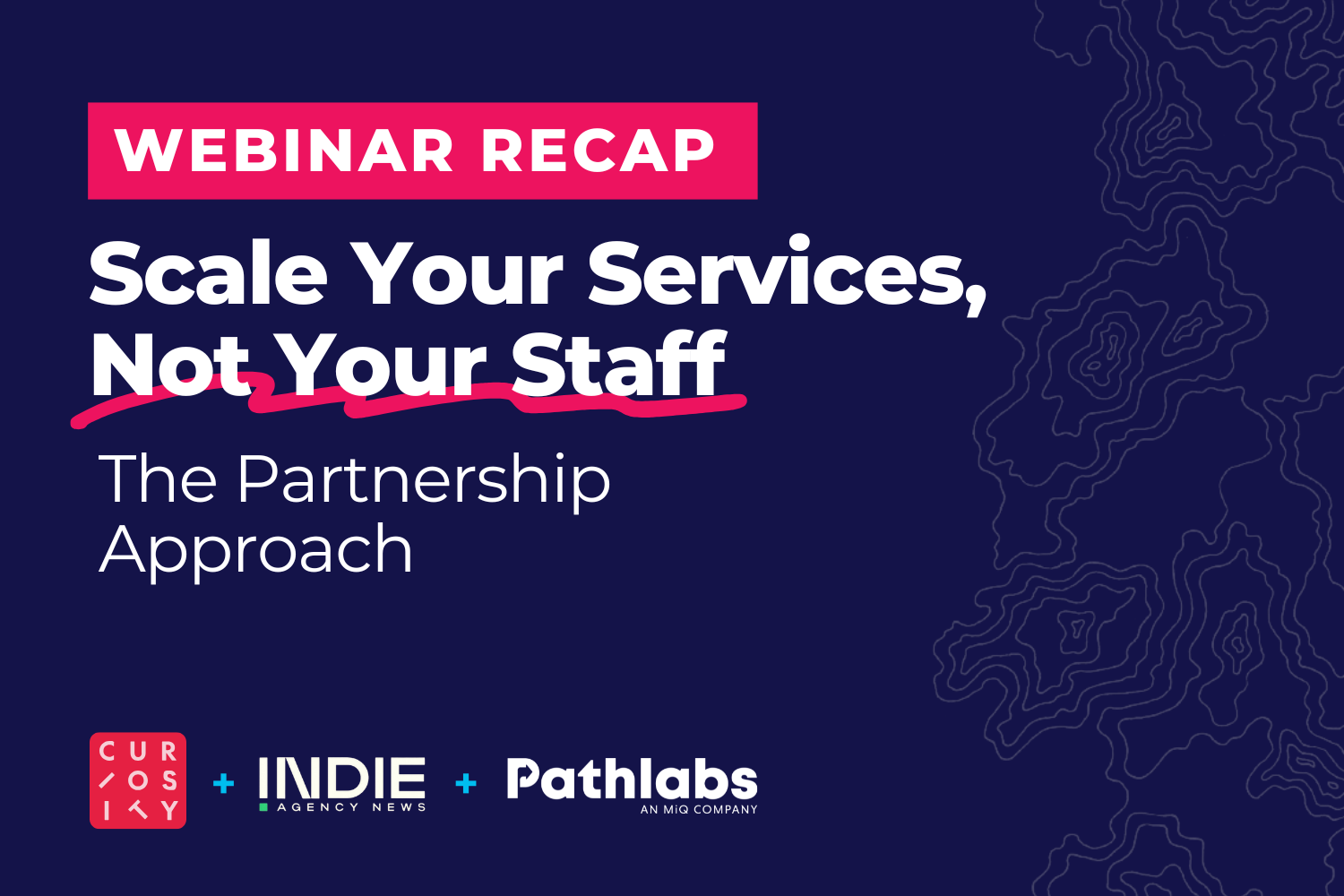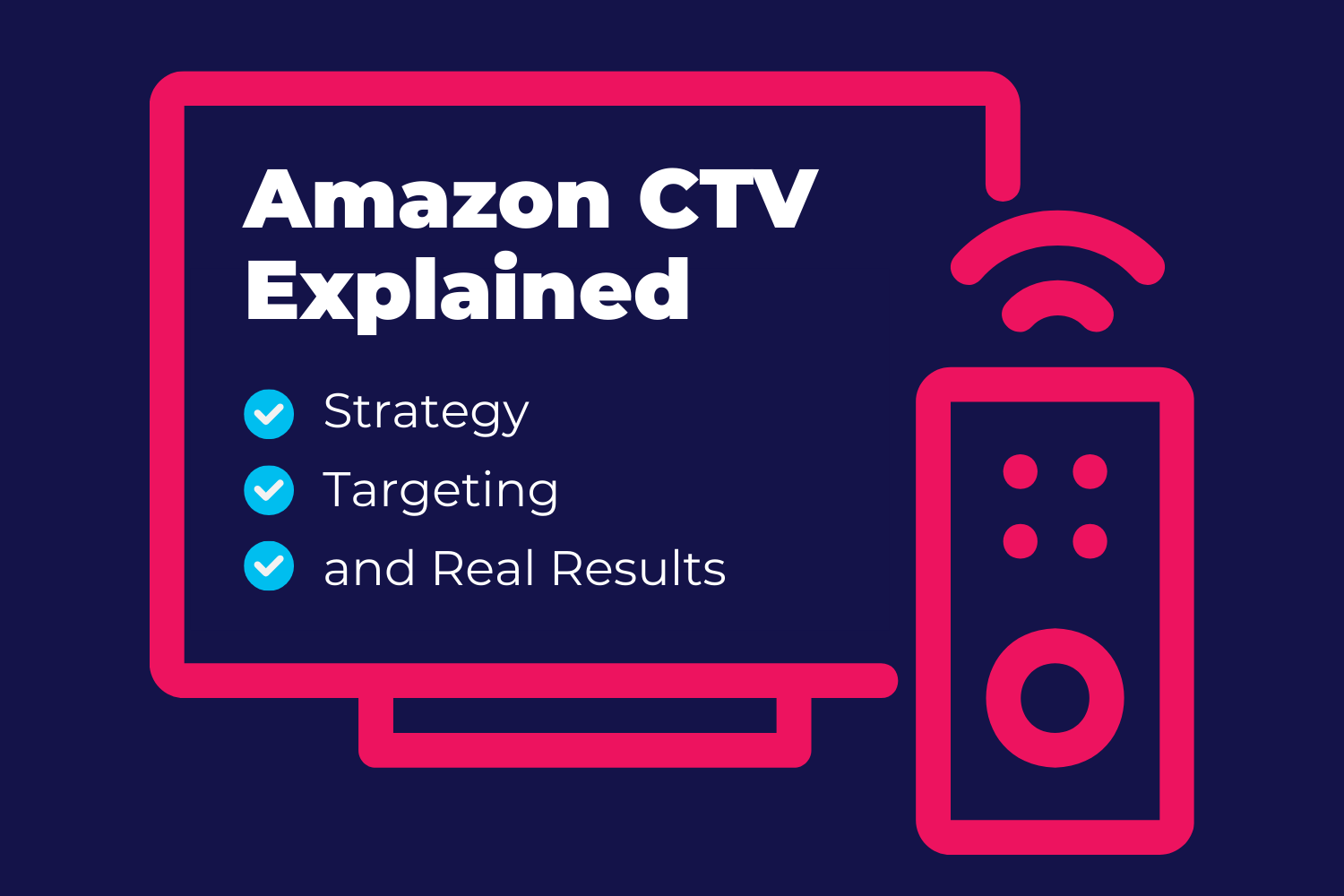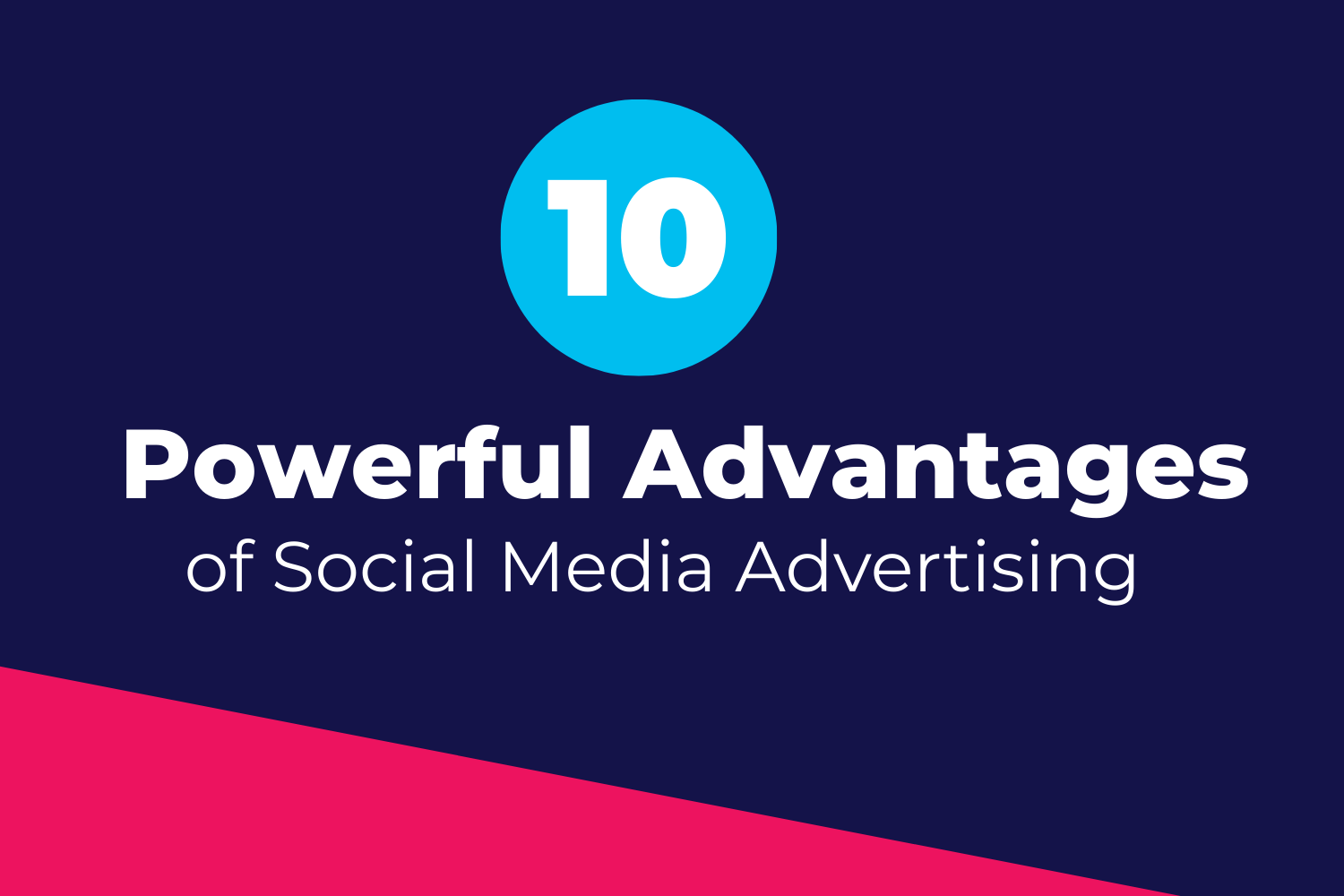Demand Generation Tactics: 8 Strategies for Business Growth
| Pathlabs Marketing |
| May 16, 2025 |
What if you could turn interest into action with just a few strategic moves? That’s the power of demand generation. Unlike lead generation, demand generation paves the way for conversions by building long-term awareness of your products or services.
However, the most effective demand generation campaigns are not successful because they flood their target audience with content; they’re successful because they combine content with a comprehensive data strategy to increase effectiveness. That’s why 95% of marketers agree that demand generation is significantly improved when a data-driven approach is employed.
Below, we’ll outline eight powerful demand generation tactics and how agencies can combine them with robust data measurement and analytics to drive scalable growth throughout the customer journey.
What Is a Demand Generation Strategy?
A demand generation strategy is a comprehensive approach designed to create and grow interest in your products or services over time. Demand generation tactics aim to keep a brand top of mind and encourage a smooth transition from awareness to action.
Why Agencies Need a Demand Generation Strategy
A demand generation strategy is essential for driving sustainable growth. Unlike reactive lead generation efforts, demand generation creates ongoing interest and keeps your brand at the forefront of a buyer's mind for the long term.
By nurturing leads over time, agencies can help businesses develop a deeper connection with their target audience, leading to stronger customer loyalty, sustainable growth, and a steady stream of qualified leads ready to convert when the time is right.
8 Essential Demand Generation Tactics for Marketers
Effective demand generation requires a mix of strategic tactics designed to attract and support leads. Below, we’ll explore ten demand generation tactics to help marketers build awareness, engage prospects, and guide them through every stage of the customer journey.
Implement Account-Based Marketing (ABM)
Account-Based Marketing (ABM) is a targeted approach that focuses on specific, high-value accounts, rather than broad, generalized outreach. For marketers, that means delivering more relevant messaging and improving engagement rates by focusing campaigns on their target audience.
This demand generation tactic builds stronger relationships with decision-makers at target companies, increasing the chances of high-value conversions. Working with a Media Execution Partner (MEP) like Pathlabs can streamline ABM efforts by helping marketers optimize campaign performance and ensure that high-priority prospects are nurtured effectively across digital channels.
2. Improve Your Demand Funnel Framework
A well-structured demand funnel framework is vital to converting interest into action. It ensures prospects are guided through each funnel stage, from awareness to consideration to decision.
Marketers can use audience behavior data to optimize their funnel and keep leads engaged by mapping out the customer journey and identifying potential points where leads drop off. Refining the funnel ensures prospects receive the right message at the right time, driving conversions and growth.
3. Optimize Lead Nurturing Campaigns
Lead nurturing is the secret to maintaining engagement throughout the entire customer journey. Marketers can optimize lead-nurturing campaigns by delivering personalized content that addresses prospects' unique needs at different stages.
This keeps leads engaged with your brand and moves them closer to a purchasing decision. Automation tools, segmented email campaigns, and retargeting ads are vital in this process. A MEP can help marketers manage cross-channel lead-nurturing campaigns, ensure consistent messaging, and improve efficiency.
4. Integrate CRM & Marketing Automation Tools
Integrating Customer Relationship Management (CRM) and marketing automation tools streamlines demand generation efforts. These tools help marketers track customer interactions, automate personalized outreach, and manage campaigns across multiple channels.
By centralizing data, marketers can better understand and engage with prospects and provide detailed analytics across media platforms to help them fine-tune their demand generation strategies.
5. Refine Your Lead Scoring Models
Lead scoring helps marketers identify which prospects are most likely to convert. By assigning values to leads based on engagement levels, demographics, and interactions with your content, you can prioritize high-quality leads and allocate resources more effectively.
This refined approach improves conversion rates by focusing on the most promising prospects. Regularly reviewing and refining lead scoring models helps marketers stay aligned with evolving customer behaviors and enables more accurate targeting.
6. Develop a Comprehensive Content Strategy
A strong content creation strategy is the backbone of demand generation. Marketers can create content across multiple platforms to educate, engage, and nurture prospects at different stages of the demand generation funnel.
Consistent, high-quality content positions brands as a trusted resource, encouraging prospects to move from awareness to action. Leveraging data from CRM systems and customer interactions allows marketers to refine content strategies, add value, and drive conversions.
7. Leverage Social Media
Social media can play a key role in demand generation by amplifying content, engaging audiences, and driving traffic. You can leverage social media platforms like Facebook, Instagram, and TikTok to reach targeted prospects and build brand awareness.
Social media also allows for real-time interactions, helping to nurture relationships with potential customers. Using both paid social media ads and organic posts enhances visibility and ensures a brand’s message reaches the right audience.
8. Utilize Advanced Media
Advanced media tactics like programmatic advertising, dynamic display ads, and geo-targeting allow marketers to deliver data-driven, highly personalized content to prospects at scale, improving engagement and driving conversions. These advanced methods ensure the right message reaches the right prospect at the right time.
Using advanced media requires advanced skills, which take time to learn and resources to recruit. With Pathlabs, you don’t have to wait to level up your media strategy. Our Media Execution Partnerships give you a full team of experts from day one, ready to plan, launch, and optimize across every channel.
The Measurement and Analytics Required for Effective Demand Generation
Each of the tactics above requires dedicated measurement, optimization, and execution to be effective. We’ve listed the necessary steps to execute demand generation campaigns that gather the performance data required to enhance demand generation for long-term success.
Setting Key Performance Indicators (KPIs)
The first step is setting key performance indicators (KPIs) and then tracking their performance using analytics to make data-driven decisions for optimal results.
Marketers must identify KPIs that align with both short-term objectives, such as lead engagement, and long-term goals, like lifetime value (LTV). Other key KPIs include:
Conversion Rate: Measures how many leads take the desired action, helping to gauge the campaign's effectiveness.
Cost Per Lead (CPL): Tracks the expense of acquiring each lead, ensuring budget efficiency.
Customer Acquisition Cost (CAC): Evaluates the total cost of acquiring a new customer, balancing marketing spend and ROI.
Marketing-Qualified Leads (MQLs) vs. Sales-Qualified Leads (SQLs) Count: Compares the volume of qualified leads to assess lead quality and how ready prospects are for sales outreach.
Using Analytics Tools to Track Performance
Analytics tools allow marketers to track customer behavior in real-time so they can quickly adjust ongoing campaigns and optimize for better engagement and conversion rates. For example, if a landing page receives high traffic but low conversions, analytics can reveal where users drop off and what might need improvement.
Analytics tools also provide valuable historical data that can guide long-term strategy. Comparing performance over time allows marketers to identify trends and understand which tactics lead to sustained growth.
Interpreting Data to Improve Strategies
Understanding which content or tactics resonate with specific audience segments allows marketers to refine their approach and tailor their strategy to meet the unique needs of each group.
For example, if lead-nurturing emails have higher open rates among decision-makers, more personalized follow-up content can be crafted for that segment. Regular analysis ensures that demand gen tactics evolve with changing customer behaviors and market conditions.
Reporting on Demand Generation Success
Marketing teams should create clear, actionable reports that break down key metrics, showcase results, highlight areas for improvement, and offer strategic recommendations for the future.
Execute Optimized Demand Generation Campaigns with Pathlabs
An optimized demand generation marketing strategy is essential for driving long-term business growth in today's competitive market. Still, by this point, you might be overwhelmed by the skills, time, and resources required to execute one on top of everything else your agency does to stay competitive in a dynamic digital market.
An MEP, like Pathlabs, gives independent agencies the expert support and technology to run smarter campaigns across every channel. While we handle the execution and optimization, you stay focused on big-picture goals like crafting high-impact creative and scaling demand generation.









